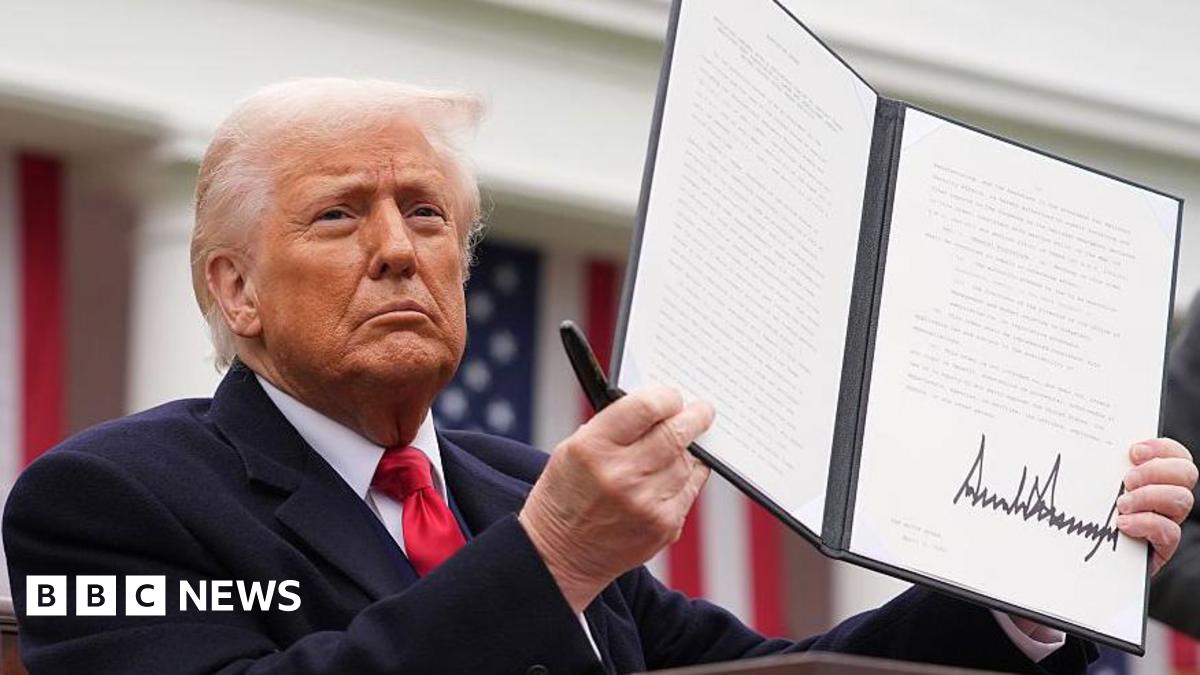Tariffs are now raising significant sums for the US Treasury, without retaliation against US exporters. At over $100bn so far this year, about 5% of US federal revenue is coming from tariffs, versus 2% more typically.
The US Treasury Secretary Scott Bessent thinks that the annual tariff take will be $300bn.
It is way off the amount raised by income taxes, but a notable amount. It is being taken without direct retaliation and without right now the market turmoil seen earlier.
However, the story does not end here. Who is actually paying these tariffs? Ultimately US consumers will pay a large part in terms of the prices they pay for imported goods.
In the past Bessent and others have suggested that a rising value of the US dollar would help mitigate the cost of imports for consumers. The opposite has happened.
The dollar has slumped in the first half of this year, losing 10% of its value against a basket of world currencies. This will add to the cost of imports, in addition to the tariffs.
There is a wider canvas here too. The governor of the Bank of England Andrew Bailey said this week that “the most crowded trade in the market at the moment is ‘short dollar'”.
He added that established safe haven patterns in markets, especially the US dollar, were “essentially breaking down”.
There is a “reduction of exposure” to the dollar as companies and traders now take out trades or “hedges” designed to ensure they are protected against its decline,” the governor said.
As I’ve discussed before, there is suspicion in the markets that this weaker dollar may actually have been part of the point of these interventions, designed to help boost, for example, American rust-belt manufacturers regain competitiveness.
On top of that, the US has also helped its great rival China to at least make a case to the rest of the world, that it can be a more stable trade partner.
For this first stage of the great global trade war, Japan is an important win for the White House, which will push back against the suggestion that “Trump always chickens out” or TACO.
While it could also translate into more apparent wins ahead of next week’s deadlines, driving further market euphoria, the broader economic picture remains far murkier.
